1st Gen to 5th Gen TOYOTA PRIUS ABS COMPLETE UNIT ABS PUMP + BRAKE BOOSTER
$600.00 Original price was: $600.00.$500.00Current price is: $500.00.
1st Gen to 5th Gen TOYOTA PRIUS ABS COMPLETE UNIT ABS PUMP + BRAKE BOOSTER
If you are looking for a complete ABS unit that includes both the ABS pump and brake booster for a Toyota Prius (particularly the 4th generation or other models), here’s a detailed overview of what you need to know:
What is Included in the ABS Complete Unit
- ABS Pump: This component modulates brake pressure to prevent wheel lock-up during braking, which helps maintain vehicle control and stability.
- Brake Booster: This assists in amplifying the force applied to the brake pedal, ensuring adequate braking power with less effort.
- Electronic Control Module: Often integrated with the ABS pump, this module communicates with the vehicle’s braking system to monitor wheel speed and adjust brake pressure accordingly.
Common Symptoms of a Failing ABS Unit
- Warning Lights: ABS warning light on the dashboard.
- Pulsating Brake Pedal: Unusual feel in the brake pedal, even without hard braking.
- Inconsistent Brake Performance: Reduced effectiveness of the braking system, especially during emergency stops.
- Increased Stopping Distances: More effort needed to stop the vehicle.
The ABS complete unit, which includes both the ABS pump and brake booster, has evolved across different generations of the Toyota Prius. Here’s an overview of the ABS systems used in each generation, along with guidance on finding replacement units:
1st Generation Prius (1997-2003)
- Part Characteristics: The first-generation Prius featured a more basic ABS system, relying on hydraulic components and a simpler electronic control module compared to later generations.
- Common Issues: Failures in the ABS pump or control module can lead to warning lights and reduced braking performance.
2nd Generation Prius (2004-2009)
- Part Characteristics: This generation introduced more advanced regenerative braking technology integrated with the ABS system.
- Common Failures: Similar symptoms as the first generation, but the inclusion of regenerative braking elements may complicate repairs.
- Part Numbers: For specific part numbers, it’s best to check with a dealership or parts catalog.
3rd Generation Prius (2010-2015)
- Part Characteristics: Improvements in the braking system included enhanced electronic control and better integration with the vehicle’s overall stability and traction systems.
- Common Issues: Warning lights and inconsistent braking performance were common complaints.
- Part Numbers: Use the vehicle identification number (VIN) when inquiring to ensure you get the correct part.
4th Generation Prius (2016-2022)
- Part Characteristics: This generation features a more sophisticated ABS system, with enhancements in both hardware and software for improved safety and performance.
- Common Failures: Issues such as brake pedal pulsation or warning lights can indicate a failing ABS unit.
- Part Numbers: Get exact specifications from dealership parts departments or trusted online retailers.
5th Generation Prius (2023-present)
- Part Characteristics: The latest generation continues to improve upon the ABS and stability control systems, focusing on safety and efficiency.
- Common Concerns: As of 2023, while it may be too early for widespread failure reports, users should still monitor for any abnormalities in braking response.
- Part Numbers: Similar to previous generations, check with a dealership for the latest part numbers.
Be the first to review “1st Gen to 5th Gen TOYOTA PRIUS ABS COMPLETE UNIT ABS PUMP + BRAKE BOOSTER” Cancel reply
Related products
2nd Gen Toyota Prius Parts (2003-2009)
3rd Gen Toyota Prius Parts (2009-2016)
2nd Gen Toyota Prius Parts (2003-2009)
4th Gen Toyota Prius Parts (2016-2022)
3rd Gen Toyota Prius Parts (2009-2016)
3rd Gen Toyota Prius Parts (2009-2016)
3rd Gen Toyota Prius Parts (2009-2016)
3rd Gen Toyota Prius Parts (2009-2016)









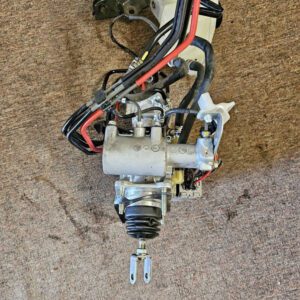
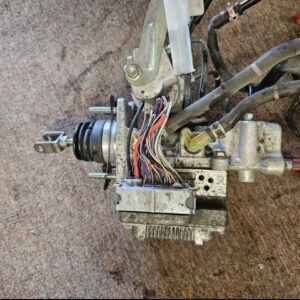




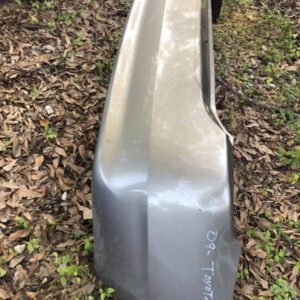

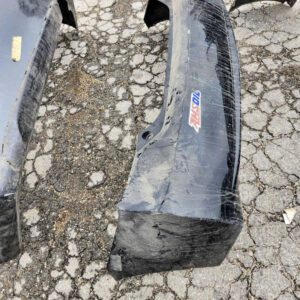

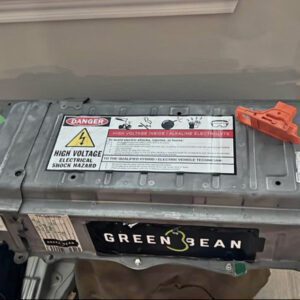




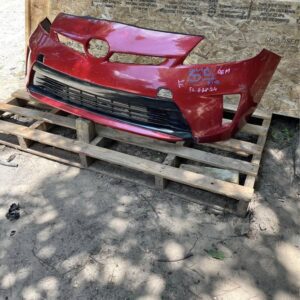

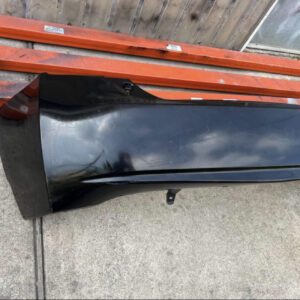
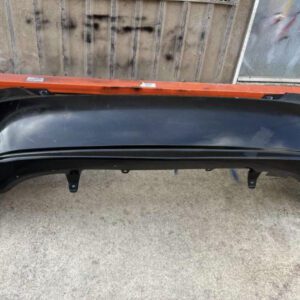

Reviews
There are no reviews yet.